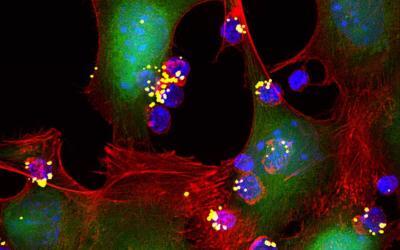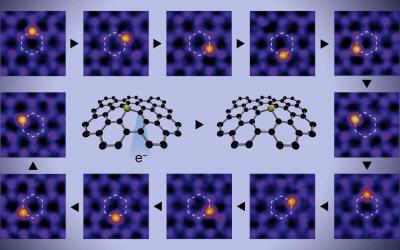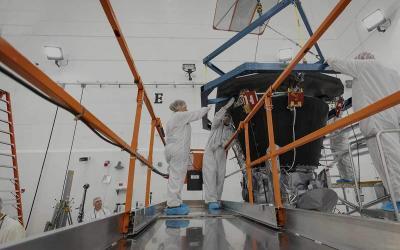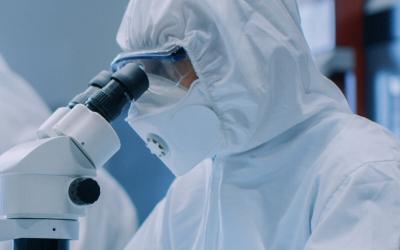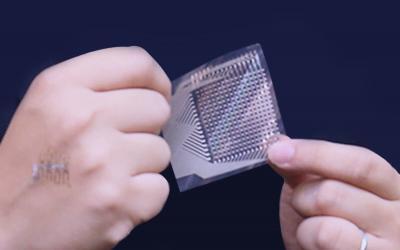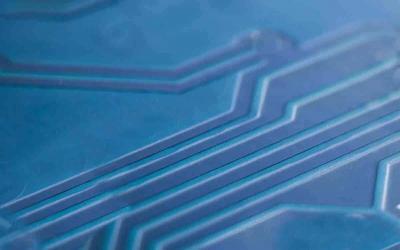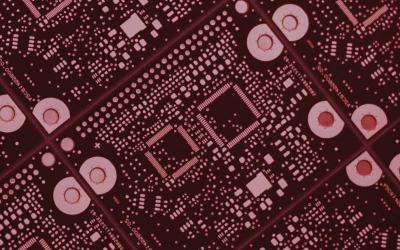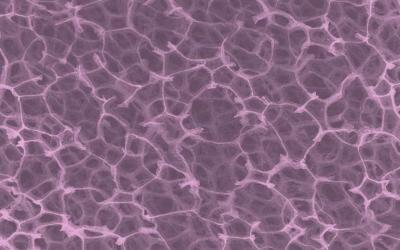Cleanroom Industry News
Immune Cells Boosted by Nanoparticles
By developing nanoparticle “backpacks” that hold immune-stimulating drugs, and attaching them directly to T cells, the MIT engineers showed in a study of mice that they could enhance those T cells’ activity without harmful side effects. In more than half of the treated animals, tumors disappeared completely.
Manipulating single atoms with an electron beam
An electron beam with sub-atomic precision, allowing scientists to directly see each atom in two-dimensional materials like graphene, and also to target single atoms with the beam. Each electron has a tiny chance of scattering back from a nucleus, giving it a kick in the opposite direction.
Food Production Facility Expansion Planned for Midnite Snax
Food Production Facility Expansion Planned for Midnite Snax. The candy, snack and gourmet food supplier will be adding a 35,000 square foot manufacturing plant inside the same Bethpage, NY-based industrial complex that houses its current facility.
Lumitron Technologies, Inc. Creates Breakthrough Laser-Based, X-Ray Technologies
Lumitron Technologies, Inc. Creates Breakthrough Laser-Based, X-Ray Technologies New Technology has potential to transform industrial, medical and therapeutic applications Lumitron HyperVIEW x-ray systems are to be commercialized and manufactured in a new,...
NASA Parker Solar Probe Receives New Cutting-Edge Heat Shield
Cutting-Edge Heat Shield Installed on NASA’s Parker Solar Probe The launch of Parker Solar Probe, the mission that will get closer to the Sun than any human-made object has ever gone, is quickly approaching, and on June 27, 2018, Parker Solar Probe’s heat shield —...
Biotechnology Innovation Platform Launched by HKU
Biotechnology Innovation Platform Launch expected to become a national-level technology startup incubator. It aims to host at least 50 spinoff companies and commercialize the results of at least 10 HKU research projects within five years. The platform will focus on key areas including cancer treatment, medical devices and infectious disease treatment.
Realtime Flexible Sensor Tests and Cures Inflammation
Realtime Flexible Sensor for Healing HKU Engineering and Medicine collaborate and develop a real-time flexible sensor that makes inflammation testing and curing 30 times faster Different from the inorganic counterparts like silicon, organic semiconductors can operate...
Smart Bandages Monitor and Tailor Treatment for Chronic Wounds
Smart bandages designed to monitor and tailor treatment for chronic wounds Smart Bandages with integrated pH and temperature sensors and electronically triggered drug release are designed to improve healing A team of engineers led by Tufts University has developed a...
Boron Arsenide Crystals Could Help Computer Chips Keep Their Cool
UT Dallas physics researchers recently published a study in the journal Science that describes the high thermal conductivity of boron arsenide crystals they grew in the lab. From left: study authors Xiaoyuan Liu, Dr. Bing Lv and Dr. Sheng Li.
Quantum Transistor for Semiconductor Applications Enables Photon Computing
Quantum computers will need analogous hardware to manipulate quantum information. But the design constraints for this new technology are stringent, and today’s most advanced processors can’t be repurposed as quantum devices. That’s because quantum information carriers, dubbed qubits, have to follow different rules laid out by quantum physics.
Osteoarthritis Pain Eased by Graphene Foam Suggested by Research
Boise State researchers believe graphene foam-enhanced cartilage could one day be used to treat the joint pain caused by osteoarthritis as well as prevent the need for joint replacement. Osteoarthritis is incurable and affects half the U.S. population over the age of 65.
Neural Network Recognizes Molecular Handwriting
Researchers at Caltech have developed an artificial neural network made out of DNA that can solve a classic machine learning problem: correctly identifying handwritten numbers. The work is a significant step in demonstrating the capacity to program artificial intelligence into synthetic biomolecular circuits.
